There are two types of debug boards: with and without the galvanic isolation.
The common features are:
- FTDI FT230X: Compatible with almost all the operating systems and capable of a baud rates of 300 baud to 3 Mbaud
- TX and RX LEDs indicators
- Micro USB connector
- Standard 2.54mm 4 pins female header
- Protected by a transparent heat shrink sleeve
Pinout:
- TX
- RX
- GND
- VCC
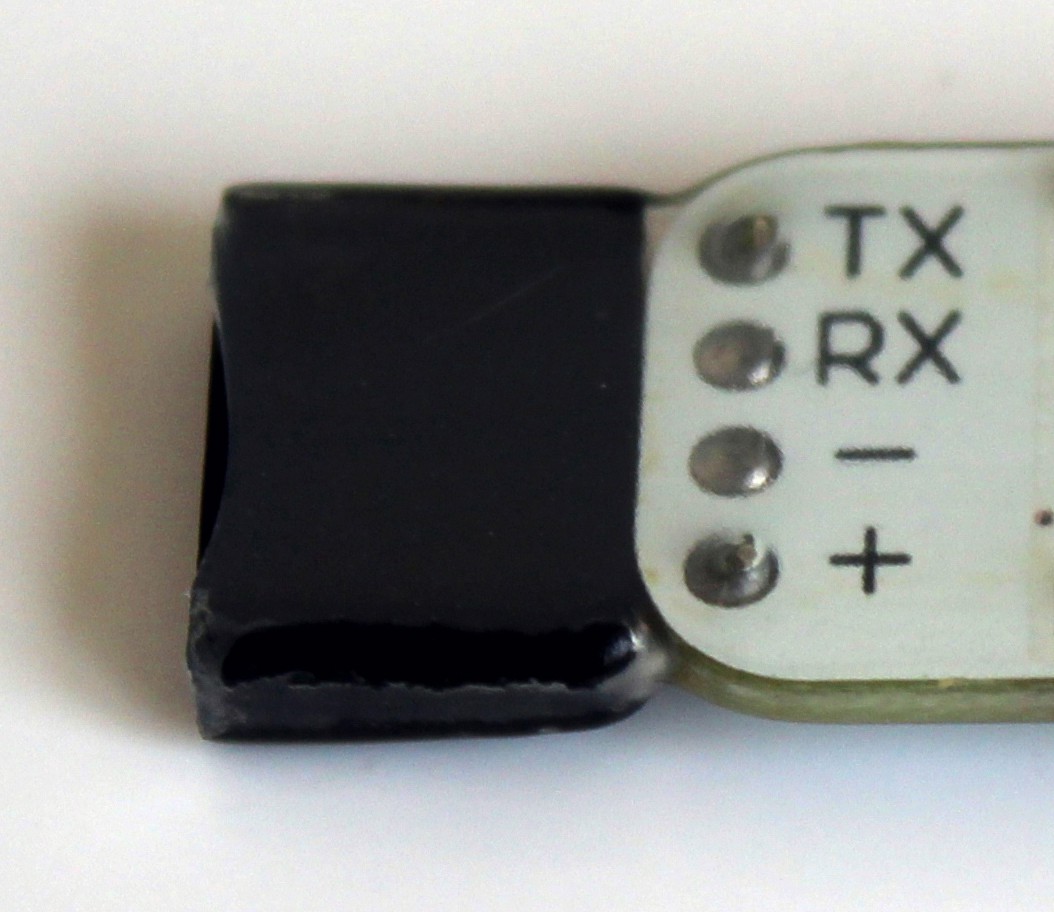
Debug Board with isolation:
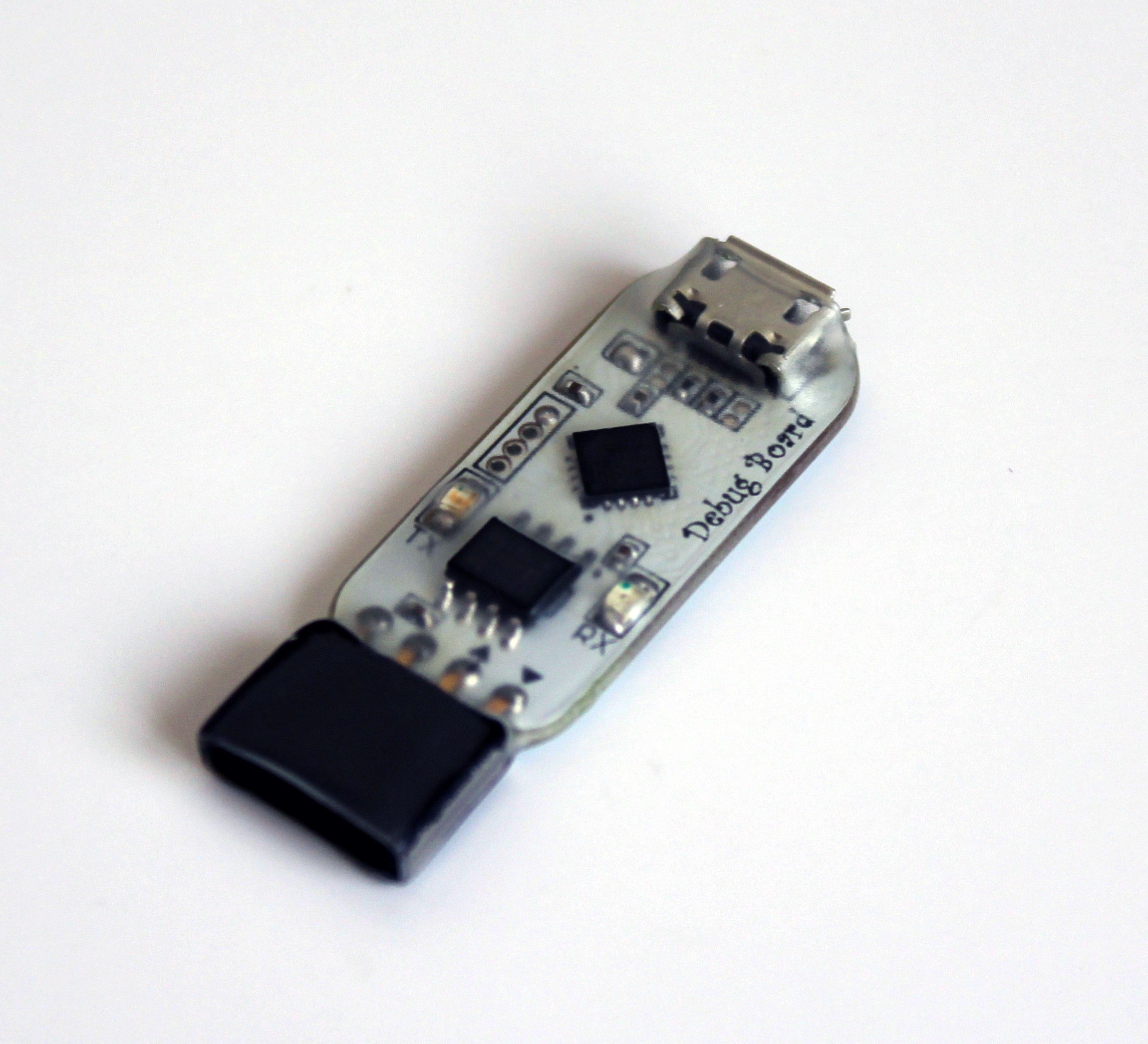
The size of this board is just 40 x 13mm. The galvanic isolation is achieved by using the ADUM121N chip, with an isolation up to 400Vrms.
Whit this chip is possible to have the isolation between the target and the PC, plus the voltage level of TX and RX are the same of the target board. This means that it doesn't matter if your board is working at 5V or 3.3V or 1.8V, the logic levels are always correct !
This board can't give the power to the target, but you have to power it up.
Debug Board without isolation:
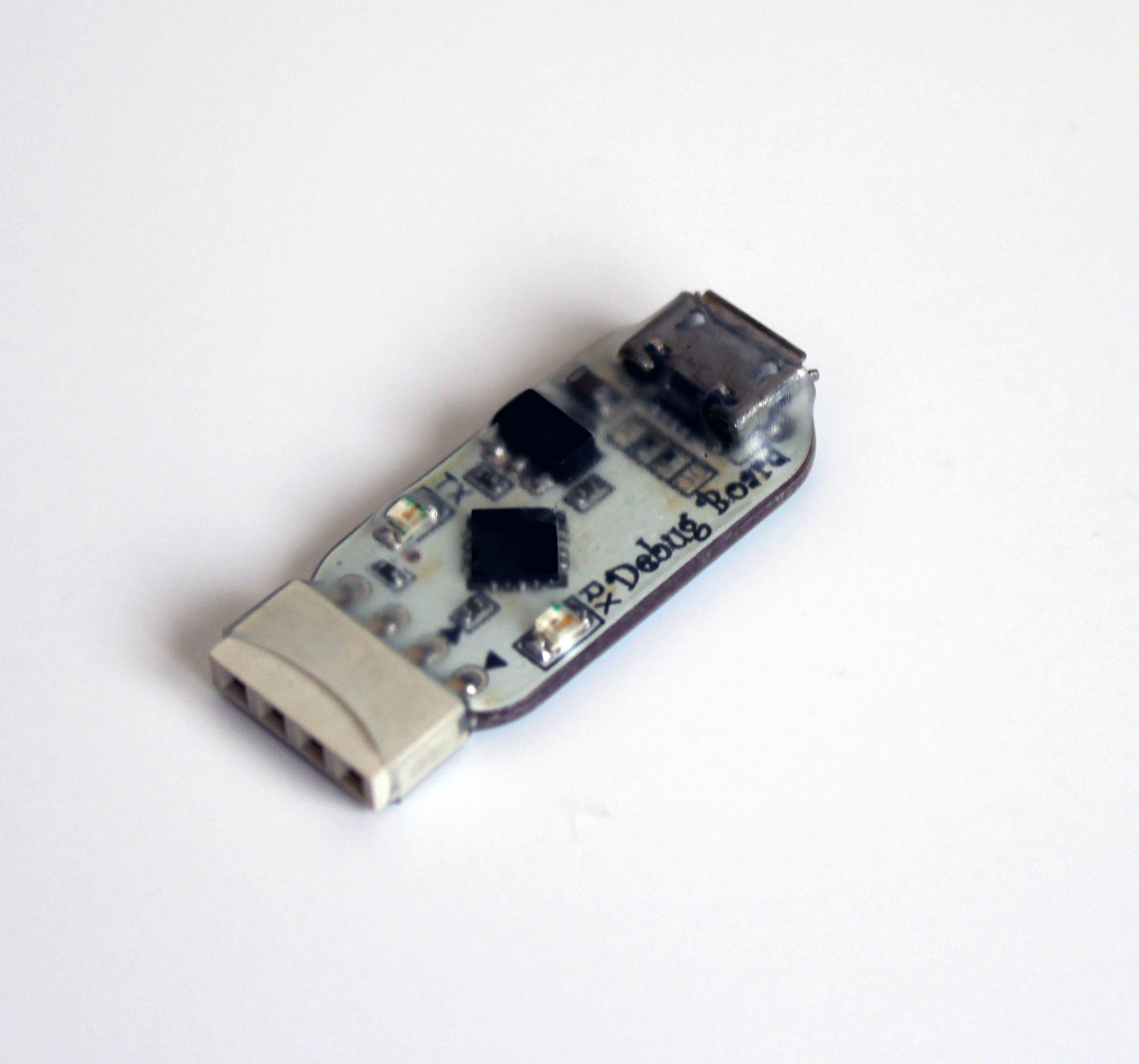 This board is much smaller respect to the previous one, with a size of 30 x 13mm.
This board is much smaller respect to the previous one, with a size of 30 x 13mm.
The TX and RX voltage levels are fixed to 3.3V, but it can power up your target at 3.3V and with a maximum of 200mA.
We made a small banch of these boards and they are avaiable on Tindie
With isolation:
https://www.tindie.com/products/Saimon/debug-board-usb-to-rs232-isolated-serial-converter/
Witout isolation:
https://www.tindie.com/products/Saimon/debug-board-usb-to-rs232/

 Saimon
Saimon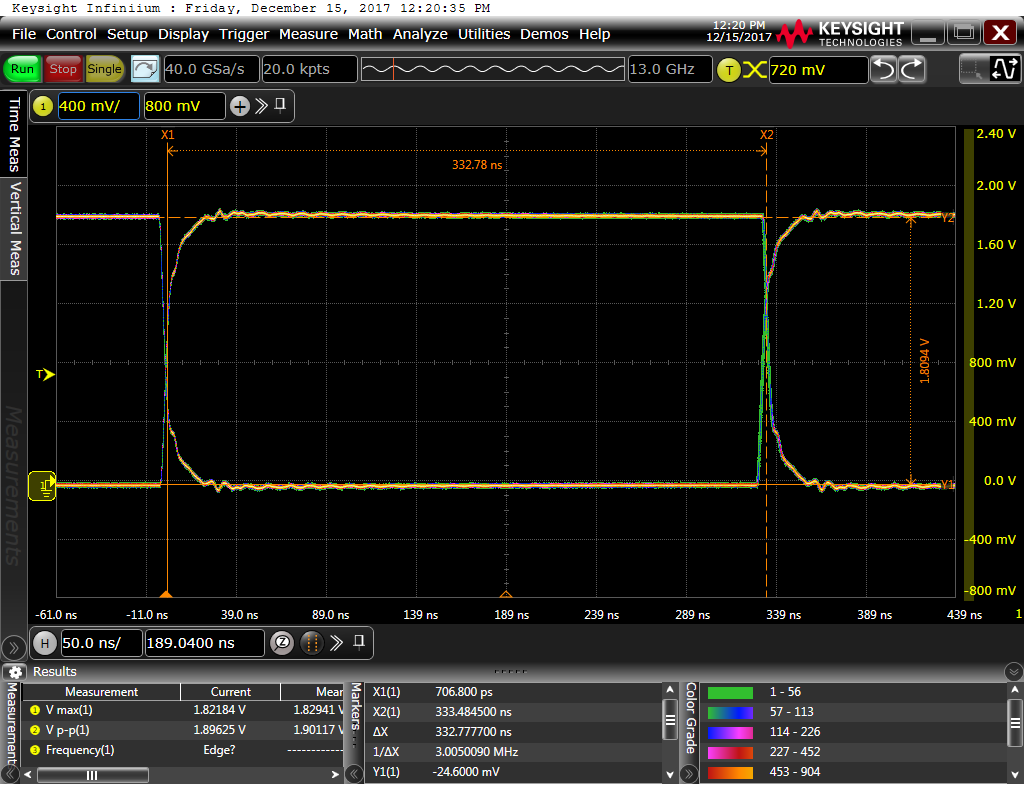
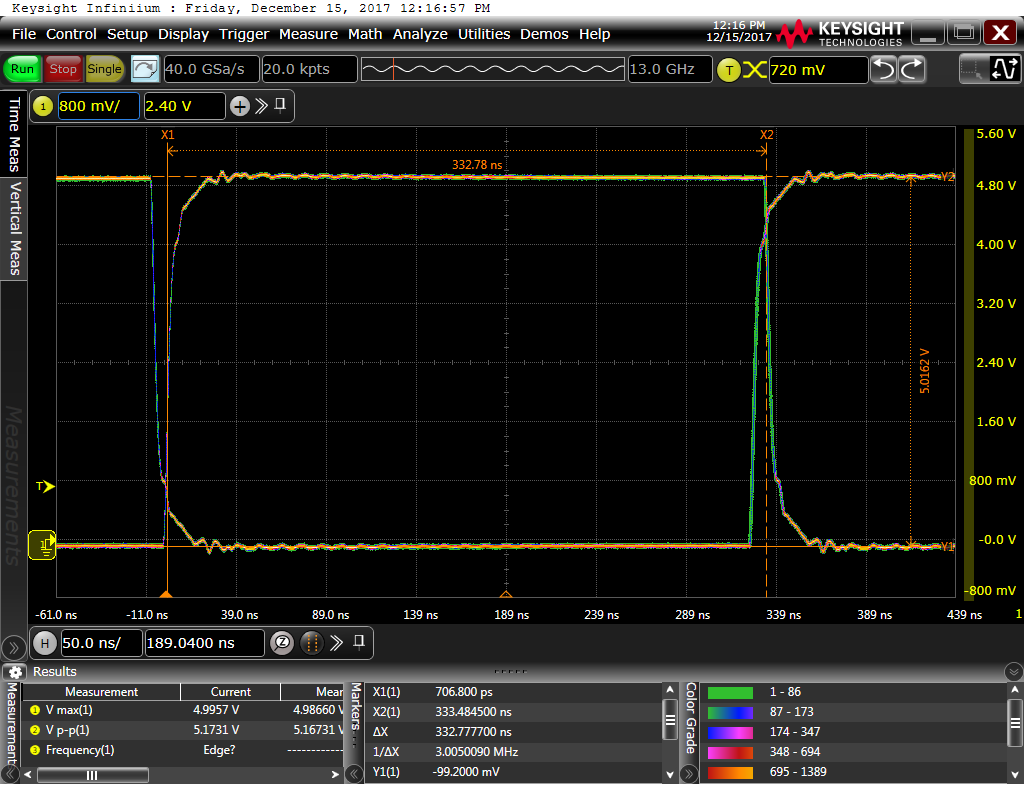
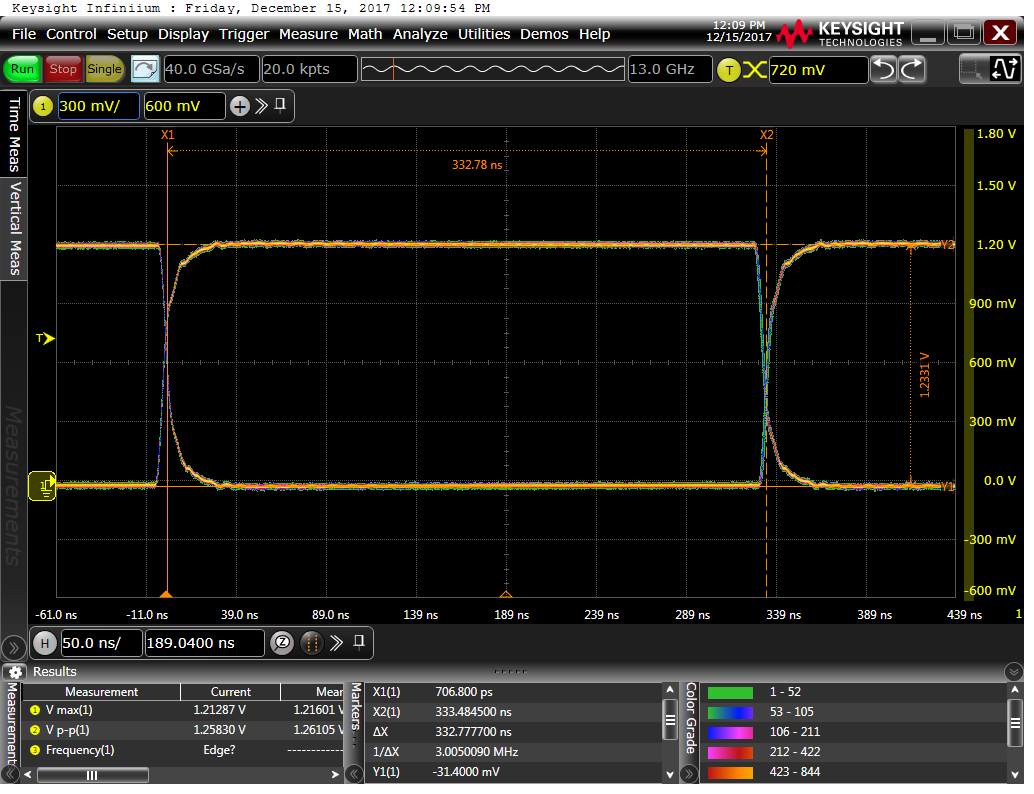
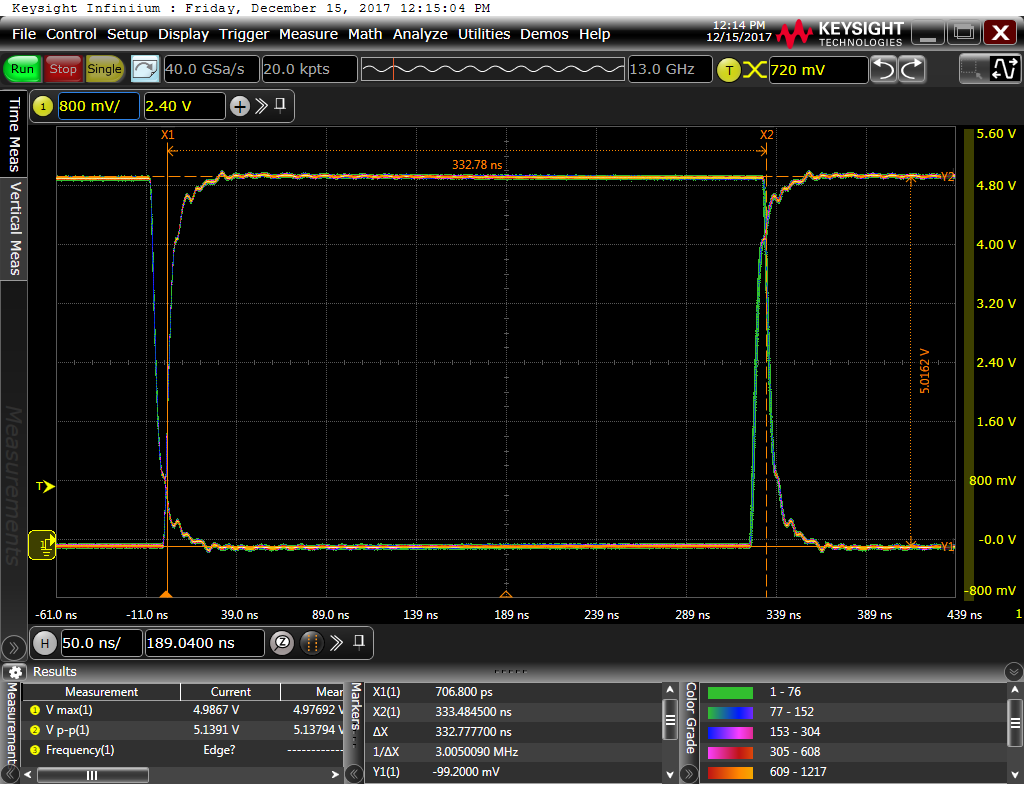

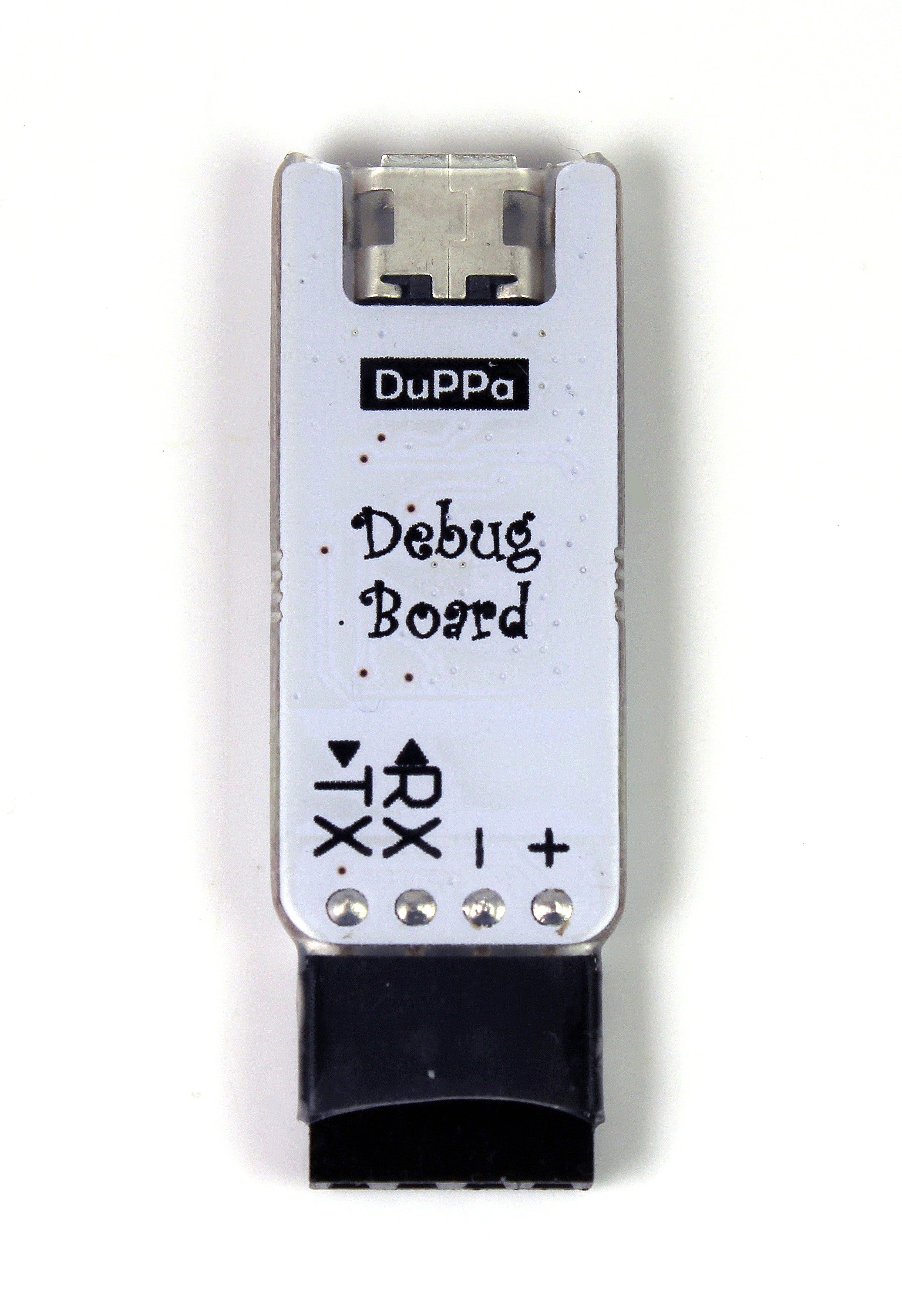
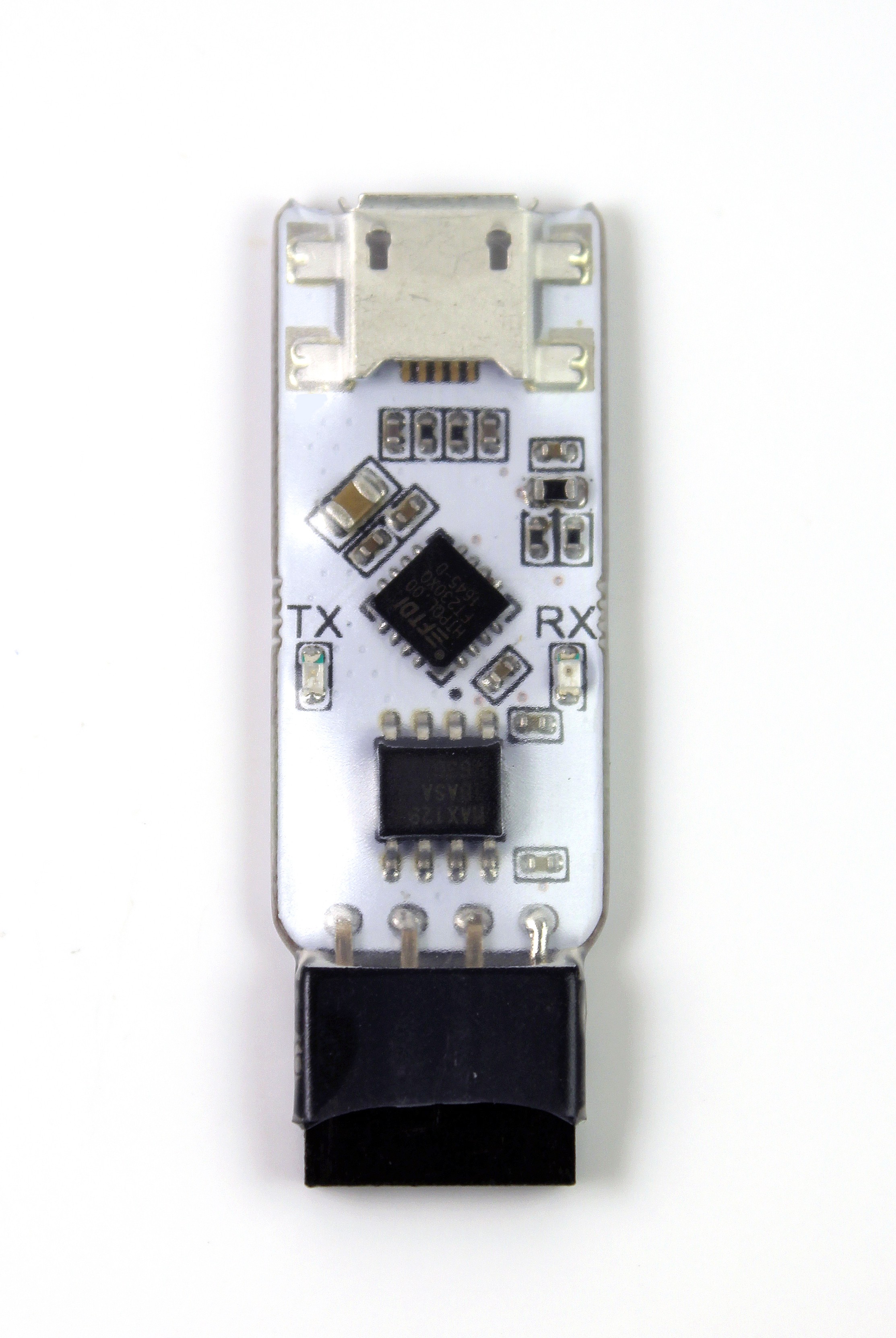
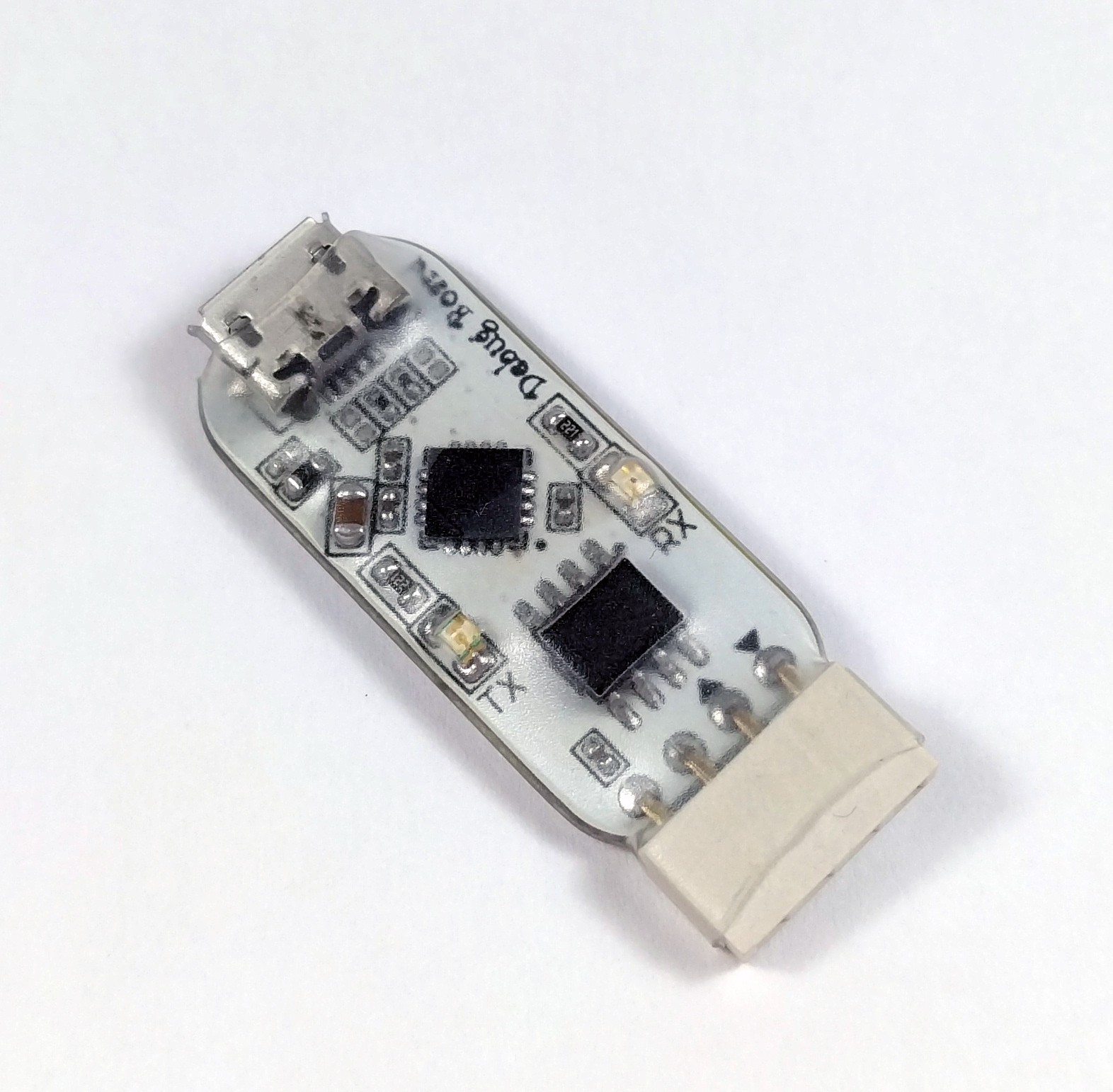
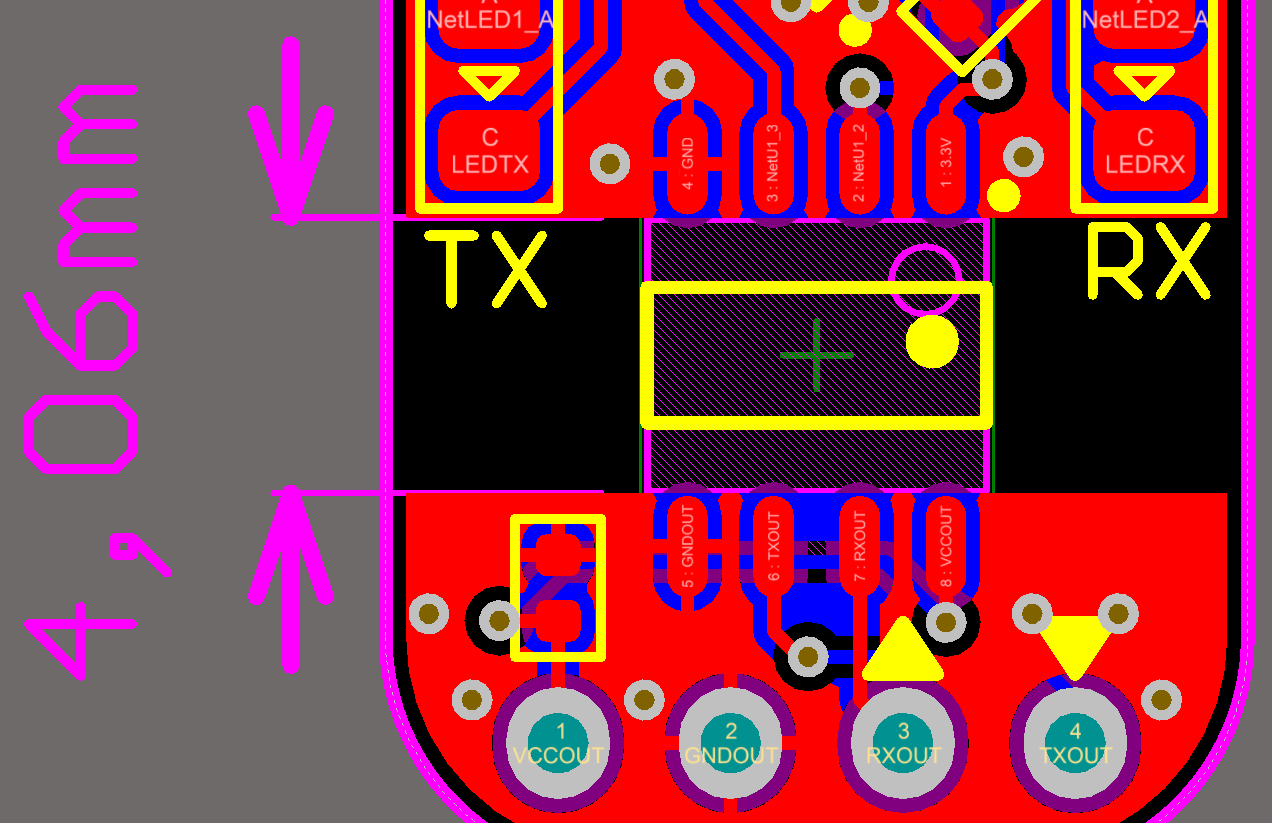
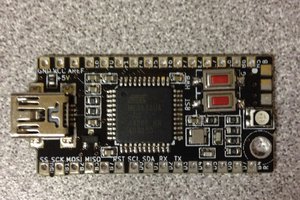
 The Big One
The Big One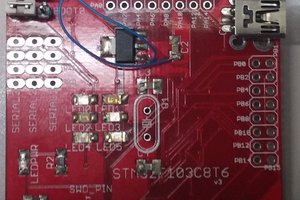
 yangosoft
yangosoft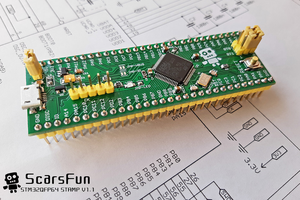
 ScarsFun
ScarsFun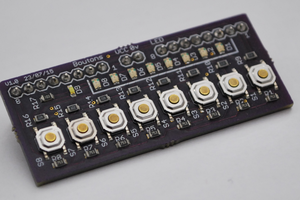
 Charlie
Charlie